Divya Choudhary
If it Bleeds, it Leads: A Computational Approach to Covering Crime in Los Angeles
Jun 14, 2022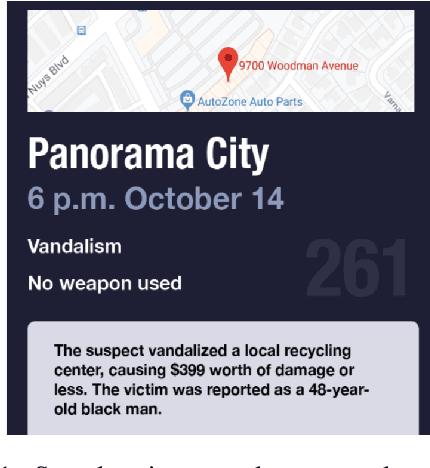
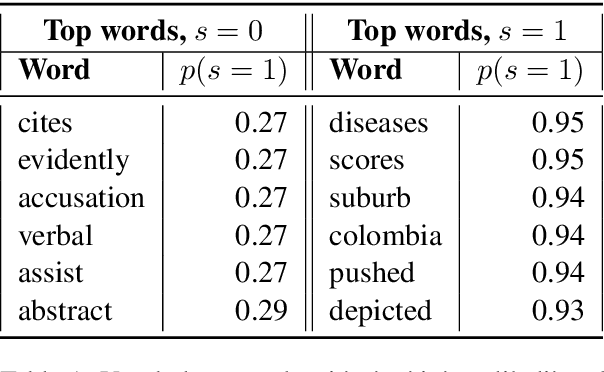
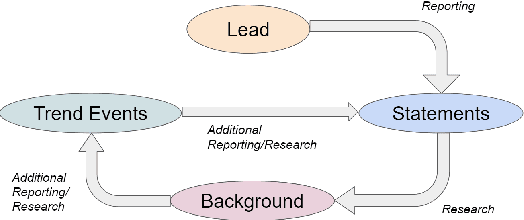
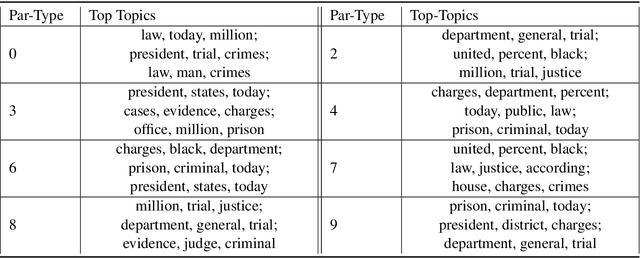
Abstract:Developing and improving computational approaches to covering news can increase journalistic output and improve the way stories are covered. In this work we approach the problem of covering crime stories in Los Angeles. We present a machine-in-the-loop system that covers individual crimes by (1) learning the prototypical coverage archetypes from classical news articles on crime to learn their structure and (2) using output from the Los Angeles Police department to generate "lede paragraphs", first structural unit of crime-articles. We introduce a probabilistic graphical model for learning article structure and a rule-based system for generating ledes. We hope our work can lead to systems that use these components together to form the skeletons of news articles covering crime. This work was done for a class project in Jonathan May's Advanced Natural Language Processing Course, Fall, 2019.
Can't Fool Me: Adversarially Robust Transformer for Video Understanding
Oct 26, 2021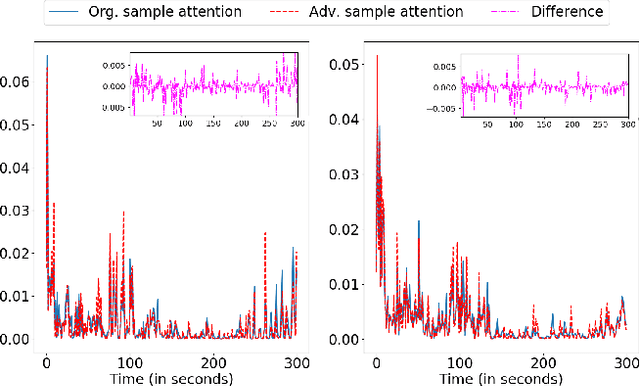
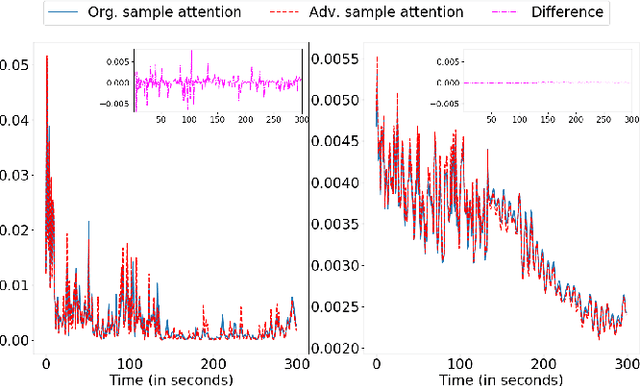


Abstract:Deep neural networks have been shown to perform poorly on adversarial examples. To address this, several techniques have been proposed to increase robustness of a model for image classification tasks. However, in video understanding tasks, developing adversarially robust models is still unexplored. In this paper, we aim to bridge this gap. We first show that simple extensions of image based adversarially robust models slightly improve the worst-case performance. Further, we propose a temporal attention regularization scheme in Transformer to improve the robustness of attention modules to adversarial examples. We illustrate using a large-scale video data set YouTube-8M that the final model (A-ART) achieves close to non-adversarial performance on its adversarial example set. We achieve 91% GAP on adversarial examples, whereas baseline Transformer and simple adversarial extensions achieve 72.9% and 82% respectively, showing significant improvement in robustness over the state-of-the-art.
Neurological Status Classification Using Convolutional Neural Network
Apr 01, 2021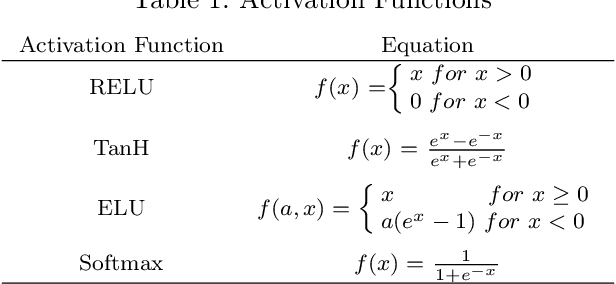
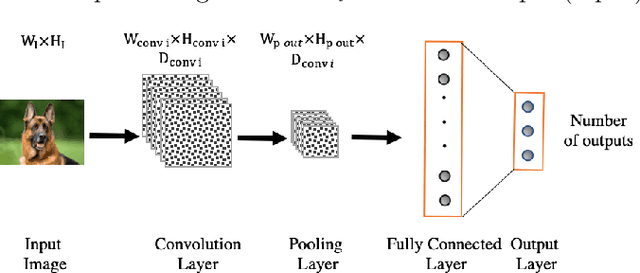

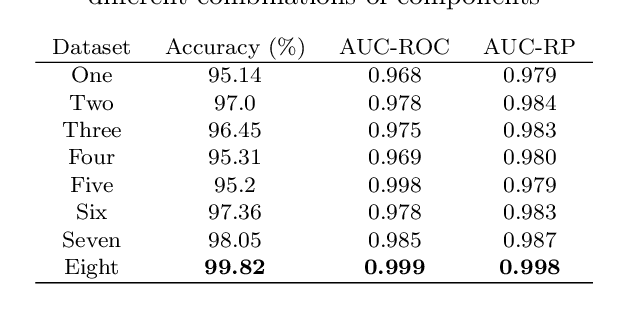
Abstract:In this study we show that a Convolutional Neural Network (CNN) model is able to accuratelydiscriminate between 4 different phases of neurological status in a non-Electroencephalogram(EEG) dataset recorded in an experiment in which subjects are exposed to physical, cognitiveand emotional stress. We demonstrate that the proposed model is able to obtain 99.99% AreaUnder the Curve (AUC) of Receiver Operation characteristic (ROC) and 99.82% classificationaccuracy on the test dataset. Furthermore, for comparison, we show that our models outperformstraditional classification methods such as SVM, and RF. Finally, we show the advantage of CNN models, in comparison to other methods, in robustness to noise by 97.46% accuracy on a noisy dataset.
 Add to Chrome
Add to Chrome Add to Firefox
Add to Firefox Add to Edge
Add to Edge